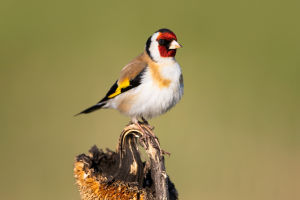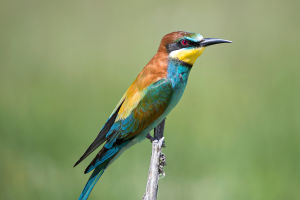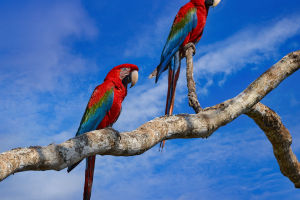Mule deer (Odocoileus hemionus) are an iconic sight across North America's western landscapes.
Understanding mule deer is essential for appreciating their role in the ecosystem, their behavior, and the conservation efforts aimed at preserving their populations.
Distinctive Features
Mule deer are easily recognizable by their characteristic large ears, which resemble those of a mule, hence their name. Mule deer typically weighs between 100 to 300 pounds, depending on their age and habitat, with males generally being larger than females. Their coats vary in color from grayish-brown in the summer to a darker, more muted tone in winter, providing excellent camouflage in their natural surroundings.
Habitat and Range
Mule deer are primarily found in the western United States, Canada, and northern Mexico. They prefer habitats that provide a mix of open areas for grazing and dense cover for protection from predators. Common habitats include mountainous regions, woodlands, shrublands, and even urban areas where food sources are plentiful.
Behavior and Social Structure
Mule deer are known for their social nature. They often form small groups, particularly during the winter months when food is scarce. These groups are typically composed of females and their young ones, while males may form bachelor groups or remain solitary outside of the breeding season.
Mule deer are most active during the early morning and late afternoon, a behavior known as crepuscular activity. This pattern helps them avoid predators, which are more active during the day. Their primary predators include mountain lions, coyotes, and humans.
Breeding and Lifespan
The breeding season for mule deer typically occurs in the fall, from late October to early December. During this time, males engage in rutting behavior, which includes sparring with other males and displaying dominance to attract females. After a gestation period of around 200 days, does usually give birth to one or two fawns in late spring or early summer.
Conservation Status
Mule deer populations have fluctuated over the years due to habitat loss, urbanization, and hunting pressures. Conservation efforts have been implemented to protect their habitats and manage hunting practices. Organizations and wildlife agencies work together to monitor populations and implement strategies that ensure sustainable management of mule deer and their ecosystems.
Lykkers, Mule deer are an integral part of North America's wildlife heritage. Their adaptability, distinctive features, and social behaviors make them fascinating animals to observe and study. By understanding their habitat needs and the challenges they face, we can contribute to the conservation of this remarkable species and ensure that future generations can appreciate the beauty of mule deer in the wild. Whether seen grazing in a meadow or bounding gracefully through the forest, mule deer continue to be a symbol of the wild landscapes they inhabit


